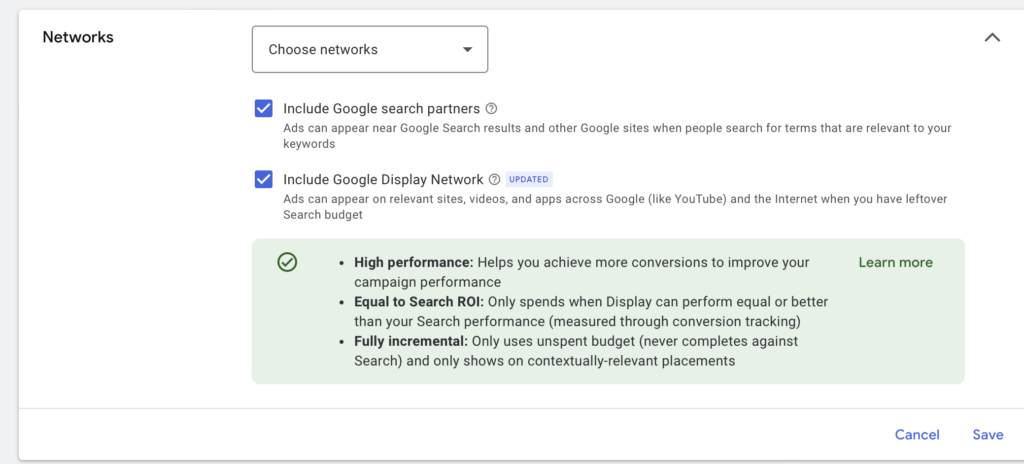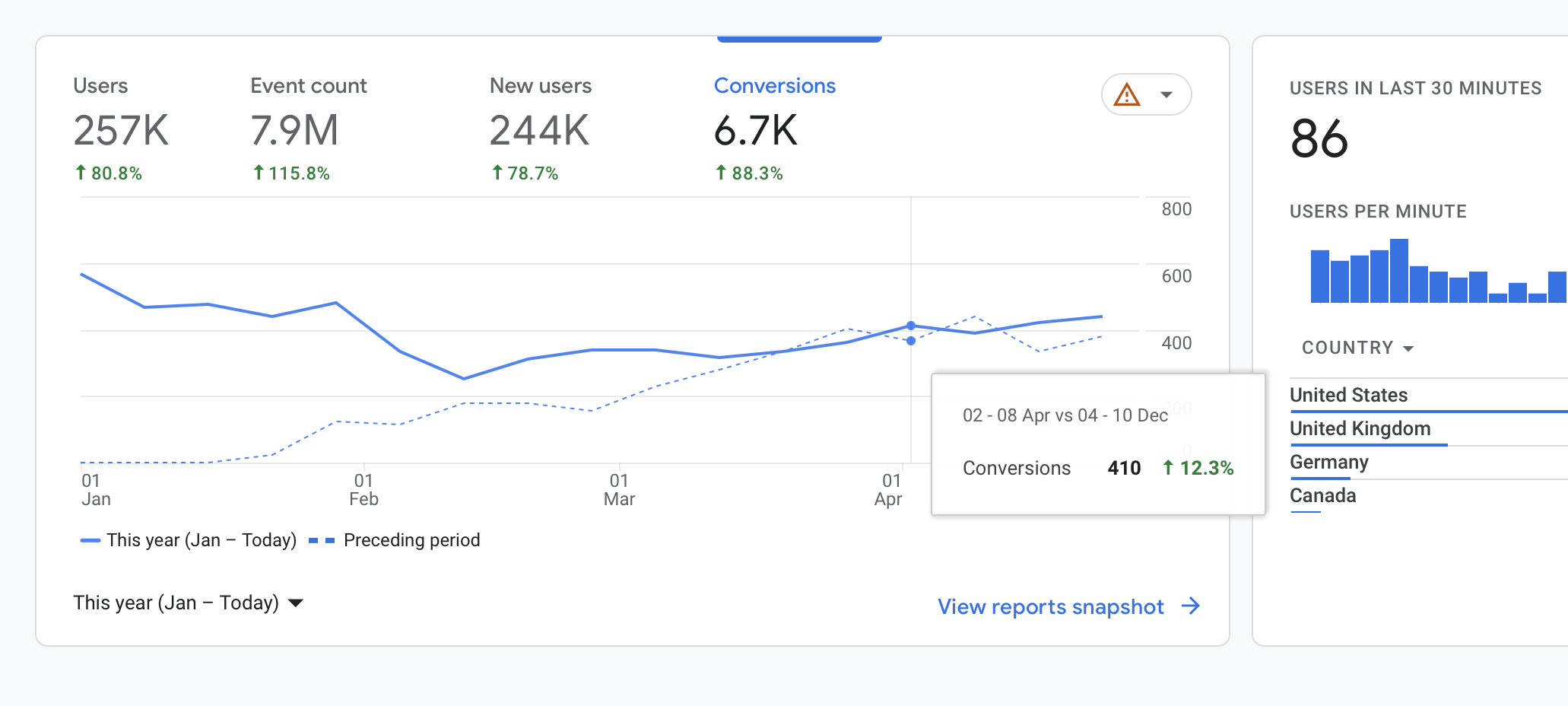My Google Ads journey started over 10 years ago – which is a short time in life, and a very long time in digital advertising. The knowledge I accumulated over the years was applicable for quite a while – the same strategies that were best practices in 2013 still worked wonders until very recently.
Sure, the Google Ads UI has changed a lot, campaign types and targeting options have continually been updating, but the same essential strategies have been applicable.
But in the last year, Google Ads changes have been so significant that even the most experienced of PPC experts have started doubting whether their decades of experience actually mean anything. After all, when nothing works even remotely similar to the way it did a decade ago, does it really matter that you’ve been doing this for your entire adult life?
We wrote the Beginner’s Guide To Google Ads back in 2019. It got a lot of traction back then. But the landscape has changed. To be honest, I wouldn’t even follow all of the advice in that book anymore.
In 2023 (and increasingly in 2024 and beyond…) Google Ads specialists will need to rethink how we structure accounts, how we research, how we work with ads, and how we measure success.
More and more, it’s not as much about how you do research, it’s about feeding the algorithm with the data it needs to show better results.
In the past, we used to follow specific sets of rules. These rules would work for pretty much any account in any niche. You know the routine:
- Do your keyword research
- Make a list of negatives
- Separate the campaigns by budget, country, or category
- Separate ad groups by keyword theme (single topic ad groups)
- Add 2-3 text ads, 4 sitelinks, 4 callouts, etc
- Watch the clicks come in
We used to be able to inherit a new account, identify the structural issues, and turn around a poorly-performing account in a week or two.
It was pretty easy. We could confidently tell clients what to expect, and we were almost always right.
Those times are over.
Using the old methods will now ruin your campaign results.
We started noticing some time ago that when we’d onboard a client with a campaign full of broad keywords, and start to “upgrade” the ads…the results would start decreasing. This was entirely contrary to the normal Google Ads behavior of the last 10 years.
We recently learned our lesson a few months ago when we started working with a client who was running a PMax campaign, and a Search campaign which had Google Display Network and Google search partners enabled:

In the past, this structure would have been a disaster.
Guess what – when we “fixed” this problem, the results tanked. That’s manifested in the February 2023 product revenue column below (not great, right?)

The client has a small ecommerce store selling a relatively low amount of SKUs in 6 different countries. The existing campaign had all countries combined into one campaign and one single ad group with 100 broad keywords. We separated the campaigns into 6 (one for each country) and created multiple ad groups for each keyword theme, using phrase match. That makes sense, right? Well, the initial results were not great. In the first 2 weeks we lost 21.5% of the revenue, and 16.4% in ROAS. The same search terms appeared in both campaigns, but for some reason the more segmented structure didn’t convert.
Why? Well, the reason has been on everyone’s mind lately: ML.

We started working on the campaign in February, and you can see how disabling GDN and search partners negatively affected ROAS and revenue by “doing it the right way”. We discovered that we couldn’t maintain the ad spend while also maintaining a high ROAS.
Thankfully, we were able to catch this pretty quickly and update to a broader, more automated approach. They’re back to a higher ROAS than ever and are rapidly scaling up overall volume & revenue.
What’s working now
Extensive keyword research, negative keyword research, and hyper-focused super-granular targeting is becoming almost useless in many new campaigns.
PPC experts often talk about Google removing exact match in the future, almost joking, but it’s certainly coming down the pipeline.
Now broad match has become AI trained and it does seem to better understand user intent. Previously broad was a disaster, wasting client ad spend on unrelated searches. It didn’t understand context.
Lately: I’ve been impressed by the fact that there are actually very few negatives to add to broad match-only ad campaigns.
We need to be able to shift our understanding of Google Ads and not hold to things that used to work.
- We cannot choose a few “long-tail” keywords anymore and try to pay $0.01 CPC. There is no such thing anymore.
- The minimum CPC is now more of an average of related search terms. It does care about specific phrases people search & how many other campaigns utilize the same format.
- We used to scan websites to modify into ad copy (headlines, descriptions, etc) and now they are testing a tool that does it for you. Our job has become easier in some ways, but there is a price to pay for that. And that price is: if one day the ad performance plummets, how do we explain to the client what exactly happened?
- There is still room for structure & separation of keywords (general, competitors & brand) but the algorithms need space and time to breathe. Unfortunately not every small business has time and money to wait for a campaign to spend money during a lengthy learning process. Clients spending less than $25k or so a month have a really difficult time with this.
Some questions to think about
If your campaigns would somehow be able to analyze all the invisible data you cannot see, and give you an answer to a specific question you have about the performance, what would you ask?
I think I’d be curious to know:
- Which audiences searching for my products are not converting?
- Are there products similar to mine that people search for and cannot find on the website?
- Are there words/adjectives people use to find the products on my website that I’m not using in ads/website copy?
- What percentage of people don’t buy my products due to pricing?
- Are there any special offers people would like to see on my website that would increase my conversion rates?
I’d love to hear your feedback. Discuss!


Leave a Reply to Lucian Costea Cancel reply